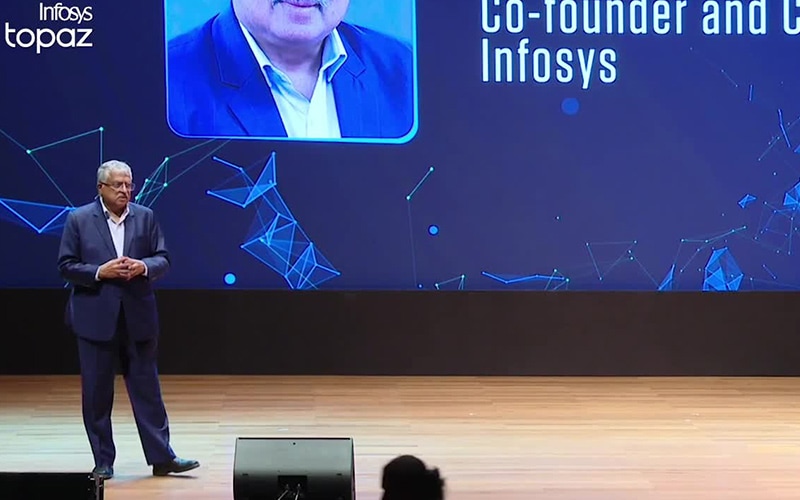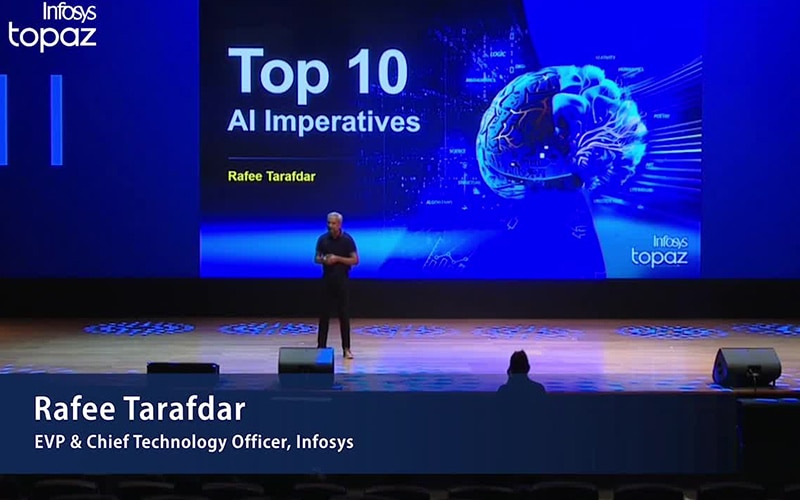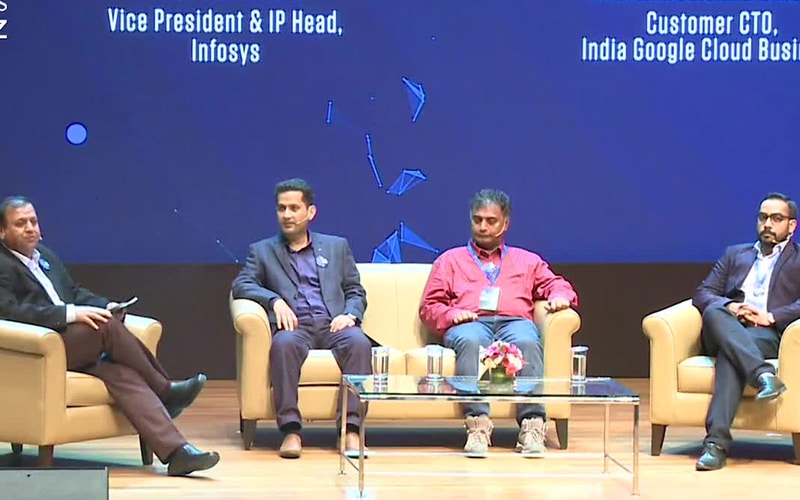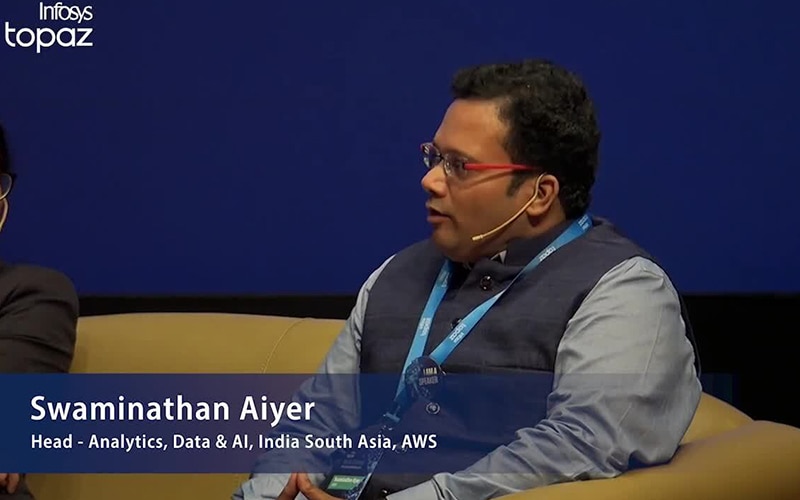Insights
- As many as 80% of B2B organizations and 65% of B2C organizations are still in the early stages of creating a joined-up customer experience.
- Central to a customer experience strategy is data, which gives organizations the ability to provide the right information at right time to the right people.
- The data is already available: it’s held in the network that connects brands, retailers, and logistics providers, suppliers, and vendors.
- Consumers value the experience an organization gives them: more than 80% of consumers say that experience is as important as the product they’re buying, according to a survey.
- Infosys for example helped a leading European apparel brand engage with their customers better by creating a “genome” of their users. This brought together multiple data sources that created insights into the customer buying behavior, which the company then used to send personalized marketing messaging to their customers – with great success.
- One of the leading U.S. based sporting goods company has built such a network with its distributors to share inventory data, which means it can identify the fastest way to ship the product to the customer from either its or its distributors’ warehouses.
- Data needs to be cleaned, filtered, segregated, and investigated to derive useful insights. Strides in artificial intelligence and machine learning provide tools to listen, decipher and act on information quickly and appropriately.
A good customer experience can make a brand stand out and build loyalty – and people are willing to pay more for experiences and buy more from the brands they trust. And companies already hold the data they need to build those relationships with their customers. But they have a long way to go before they can turn that data into insights to help them deliver the experiences that mean customers will keep coming back to them.
So far, the focus on customer experience has been in siloed pockets of different departments, and, according to Gartner, organizations still have a long way to go on building holistic customer experiences: as many as 80% of B2B organizations and 65% of B2C organizations are still in the early stages of creating a joined-up customer experience. Companies should now assess their customer experience strategies and consider the two parts to a good approach.
The first part of this should be to engage with customers and help them through their buying journey, with the second part being empowering of employees to deliver this superior customer experience.
Central to both is data, which gives organizations the ability to provide the right information at right time to the right people.
What this means in practice is integrating data sources so that an overall picture can be built up of customers’ preferences, their activities, their behaviors, and putting all of those into context. With that overarching view of a customer, the organization can then work out how best to create and deliver the right messages at the right time to help them make the right choices.
The data is already available: it’s held in the network that connects brands, retailers, and logistics providers, suppliers, and vendors. (Figure 1.) It fuels the ability to understand consumer demand and make informed decisions that support optimized delivery of goods. This structure holds the key to success: what organizations need to do is unlock the power of that data.
Figure 1. Creating personalized engagement for customers using the data harnessed from the value network

Source: Infosys Knowledge Institute
Consumers value the experience an organization gives them: more than 80% of consumers say that experience is as important as the product they’re buying, according to a survey by Salesforce.1 And 67% of consumers are likely switch brands due to lack of perceived attention and engagement, according to the U.S. Chamber of Commerce.2
Using the power of the data held in the network, organizations can work out the best way to grab the attention of the consumer, help them buy products in the way that suits them best and deliver the products in the most convenient way.3
Data to help customers make the best choices
Today’s consumers use multiple channels through their buying journey. They might be influenced by the social media, research online, and by trying out products in a physical store before they buy via any given channel. This presents a challenge to organizations, which must grab – and hold – the user’s attention all the way through their journey in the face of distractions and the lure of alternatives.
Quantitative and qualitative data can help businesses understand customer sentiments effectively
The first step to capturing and holding a customer’s attention is understanding the customer.
Data management platforms provide a 360-degree view of the customer by gathering information from different online and offline sources. The anonymized data then shared across different tools can help a company build personalized campaigns for its customers.
Infosys for example helped a leading European apparel brand engage with their customers better by creating a “genome” of their users. This brought together multiple data sources that created insights into the customer buying behavior, which the company then used to send personalized marketing messaging to their customers – with great success. Active customers rose fourfold in a short span of time, while their repeat buyer rate shot up from 8% to 23%, and online purchases increased by 30%.4
Key to building this overall view of a customer is to bring data in from different departments. For example, a retail banking system might have loan management systems, credit card systems, and so on. Pulling that data together not only helps create a more complete view of the customer, it also means that people in the organization can serve them better. For example, an agent in the support center can access the information they need in one place without having to use many different applications when they are talking to the customer.
Systems vendors such as Oracle and SAP offer customer data platforms on top of their customer relationship management suite which collate data from a range of sources to help organizations understand their customers more deeply.
This quantitative data coupled with qualitative data obtained from customer and employee surveys can help understand customer sentiments and quickly change course on interacting with consumers where necessary.
Empowering employees through data
As mentioned above, having this data available can also help employees work directly with customers.
Take the case of when a consumer goes to a store to buy a pair of shoes, and the shop doesn’t have the right size in stock. In an organization that makes data available to front-line employees, the salesperson can check other branches, warehouses or partners to find the right size, place an order and arrange for delivery – either to the customer’s home or to a store that suits them. This means a sale is made even though the branch didn’t hold the stock.
One of the leading U.S. based sporting goods company has built such a network with its distributors to share inventory data, which means it can identify the fastest way to ship the product to the customer from either its or its distributors’ warehouses.
Integrating all data in one place also can help increase employee productivity. For example, when the engineers are out in the field for service and want to know information, they can quickly tap into both transactional and knowledge information, perhaps via a chatbot, which they might otherwise have had to search a number of sources for.
Adapting to the evolving customer expectations
Today’s customer is a highly informed and highly connected consumer. The ‘always-connected’ digital world makes it much easier to get continuous real-time insights and feedback that can help understand and serve customers better. But it also comes with a challenge.
Just having lots of data is not the answer. While gathering data is an important step, it is only the first step. The data gathered from various sources has to be cleaned, filtered, segregated, and then investigated. Strides in artificial intelligence and machine learning provide tools to listen, decipher and act on information quickly and appropriately.
Data needs to be cleaned, filtered, segregated, and investigated to derive useful insights
Getting data is becoming relatively easier. The harder part is pulling it together and leveraging it to get meaningful, actionable insights. Organizations that get this right by putting the right data in the hands of the right people will build better, more informed customer experiences that will bring consumers back to them.
References
- State of the connected customer, 2019, Salesforce.
- Experience forward, Arturo Mendiola, October 2019, Horizontal Digital.
- Rethinking retail, January 2022, Infosys Knowledge Institute.
- Creating unique user experiences through hyper-personalization, March 2020, Infosys Knowledge Institute.





